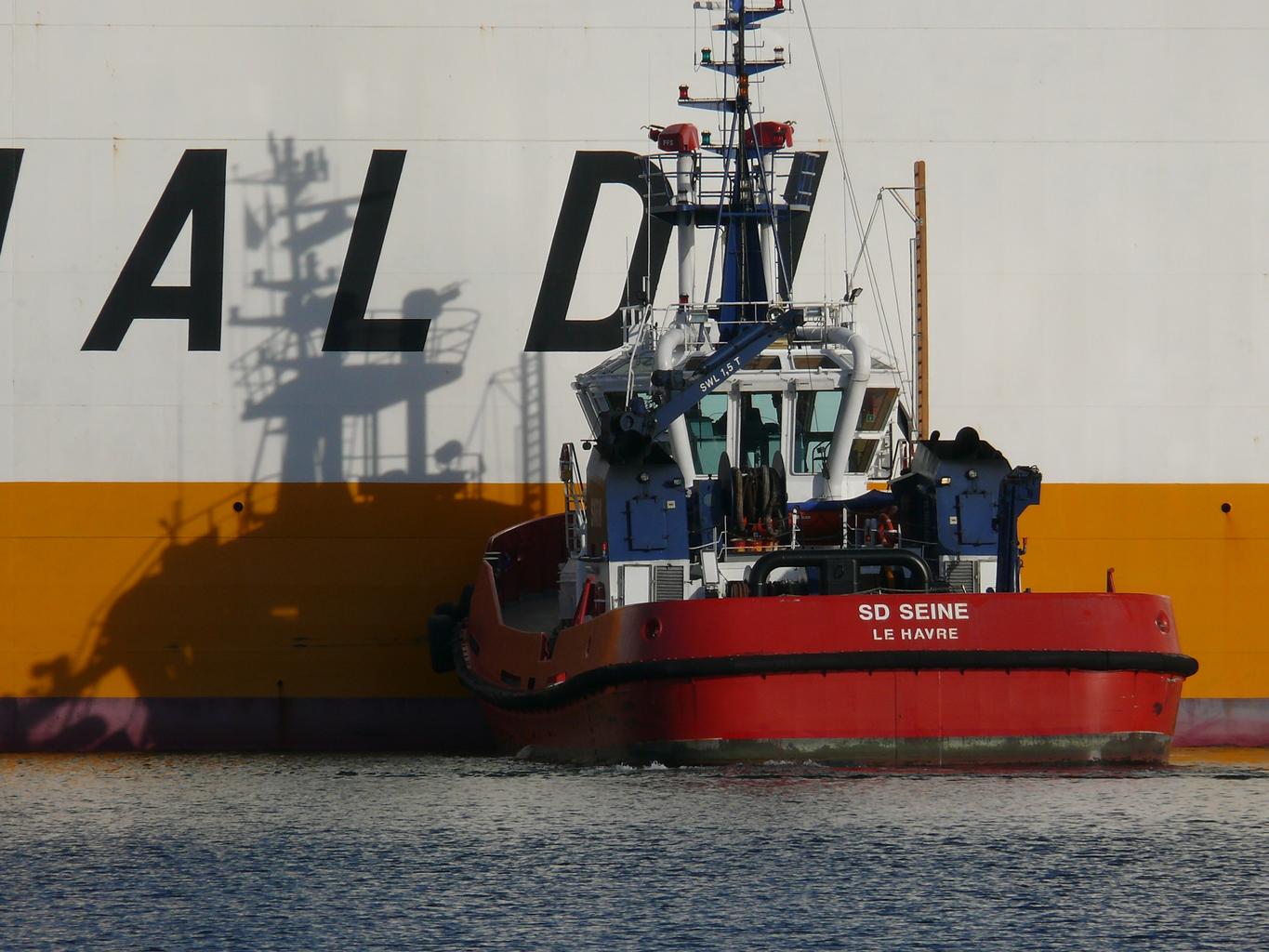Abstract
In recent years, global trade has increasingly been shaped by countries like Hong Kong and China, which have seen significant trade values relative to their GDP. Hong Kong, with its open economy and strategic position as a financial and logistics hub, has maintained a high trade-to-GDP ratio. China, as a manufacturing powerhouse and major exporter, has also seen its trade surge, especially since its entry into the World Trade Organization in 2001. Both economies benefit from extensive global trade networks, driving their integration into the world economy, despite the global push for diversification and decoupling in recent times.
Total trade value of goods sold (percent of GDP)
The total trade value of goods sold as a percentage of GDP has fluctuated significantly since 1960. Liberia’s 1995 record of 987% remains the highest, reflecting its reliance on trade in the aftermath of civil conflict and its role as a transshipment hub. Over time, trade-to-GDP ratios have risen globally due to increased globalization, but the trend is not uniform. While emerging economies like China have experienced rapid growth in trade, many advanced economies have seen stabilization or slight decline in recent years, with a shift toward more regional trade and concerns over global supply chain vulnerabilities.


The maximum is 987%[1995] of Liberia, and the current value is about 6.55%
Total trade value of goods sold (percent of GDP) (nations around the world)
The total trade value of goods sold as a percentage of GDP has fluctuated significantly since 1960. Liberia’s 1995 record of 987% remains the highest, reflecting its reliance on trade in the aftermath of civil conflict and its role as a transshipment hub. Over time, trade-to-GDP ratios have risen globally due to increased globalization, but the trend is not uniform. While emerging economies like China have experienced rapid growth in trade, many advanced economies have seen stabilization or slight decline in recent years, with a shift toward more regional trade and concerns over global supply chain vulnerabilities.


The maximum is 987%[1995] of Liberia, and the current value is about 6.55%
Total trade value of goods sold (percent of GDP) (nations around the world, latest year)
In 2023, Djibouti topped the global trade-to-GDP ratio at 236%, reflecting its strategic location as a key transit and logistics hub in East Africa. This high ratio is due to its role in global maritime trade, despite its small domestic economy. The global average trade-to-GDP ratio was 67.2%, showing a broad reliance on international trade. The total of 12.2k% indicates the collective scale of global trade, emphasizing the interconnectedness of national economies. While emerging markets see rising trade ratios, developed nations are witnessing slower growth due to shifting supply chains and regional trade preferences.


The maximum is 236% of Djibouti, the average is 67.3%, and the total is 12.2k%
Total trade value of goods sold (% of GDP) (region, latest year)
In 2023, Central Europe and the Baltics recorded the highest trade-to-GDP ratio at 112%, reflecting their strong integration into European and global supply chains. These economies, heavily reliant on exports, have grown through manufacturing and services that cater to broader markets. The global average trade-to-GDP ratio stood at 53.9%, showcasing widespread economic interdependence. The total ratio of 808% illustrates the expansive scale of global trade. Over time, emerging regions have increased their trade reliance, while some advanced economies have seen stabilization or slower growth due to shifting geopolitical and economic dynamics.


The maximum is 21.5% of North America, the average is 21.5%, and the total is 21.5%



Comments